Late September 2016 (21st-30th)
/WARBLERS... they have finally arrived! Songbird migration finally stepped up to the plate this period, and hit a home run. After a lackluster fall migration for songbirds thus far on the coast, we were all very pleased when the winds finally made a shift out of the north, and brought down our first groups of migrant passerines. Despite the early period rains, some great birds were observed, and the top bird this period was a rarely occurring fall migrant here on the coast, a LOUISIANA WATERTHRUSH. Additionally we saw early first-of-season arrivals of Brown Creeper and Yellow-rumped Warbler, as well as on-time first-of-season arrivals of American Wigeon, Broad-winged Hawk, Veery, Cape May Warbler, Bay-breasted Warbler, Blackpoll Warbler, Black-throated Blue Warbler, Black-throated Green Warbler, Nelson’s Sparrow and Rose-breasted Grosbeak. To round out the new arrivals, right at the end of the period we were also treated to our first-of-season (and late), Canada Warbler! Several species have also persisted beyond their average expected departure dates, including lingering batches of Yellow Warblers (primarily at Back Bay NWR), a pair of Black Terns and Yellow-breasted Chat (at several locations). Red-breasted Nuthatches continue to be reported around the region and it continues to seem reasonably safe to state that this may be an irruption year for this species. WEATHER: Temperatures continued to expectedly fall through late September, and we started this period right where we left off in mid-September, with copious amounts of rain. The remnants of Tropic Storm Julia continued to stall to our south on 21 Sep, dumping a whopping 4.82 inches of rain (in addition to the 3.55 inches on 20 Sep, and the 1.17 inches on 19 Sep). In total, the storm was responsible for 9.54 inches of rain falling at Oceana NAS, with potentially higher totals in other areas of the region; an incredible amount of rain. Overall, the late September period’s average daily high temperature dropped to 78.9 degrees F (-3.4 degrees from the mid-September period); the average daytime lows also dropped to 65.1 degrees F (-4.2 degrees). The previous 10-year average daily highs & lows for the mid-September period were 78.4 & 64.2 degrees F, respectively which puts this period in 2016 at +0.5, and +0.9 degrees when comparing to the averages (very close to average). Also during the previous 10-year period, the maximum average daily highs & lows were 82.7 (2010) & 74.4 degrees F (2015). As mentioned, Julia’s remnants dropped incredible amount of rain during the 3-day period where it affected the region, but only an additional 0.94 inches of rain fell during the remainder of the late September period. The weather this coming period will require some intent tracking. Currently, Hurricane Matthew, which peaked as a Category 5 storm with 160 mph sustained winds, is trudging northward through the Caribbean Sea and impacts to our area from this storm are possible as early as 6 or 7 Oct. Depending on how the track of this dangerous storm plays out, this could have a major effect on the birding locally.
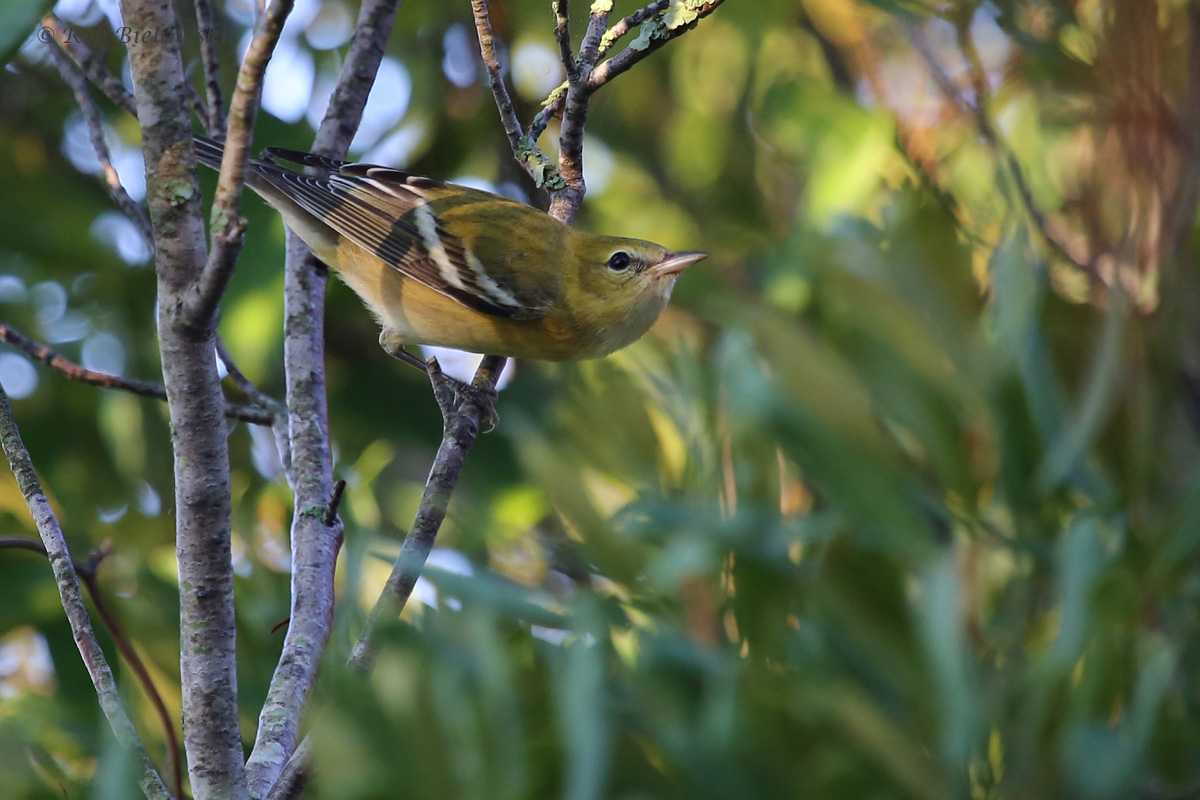
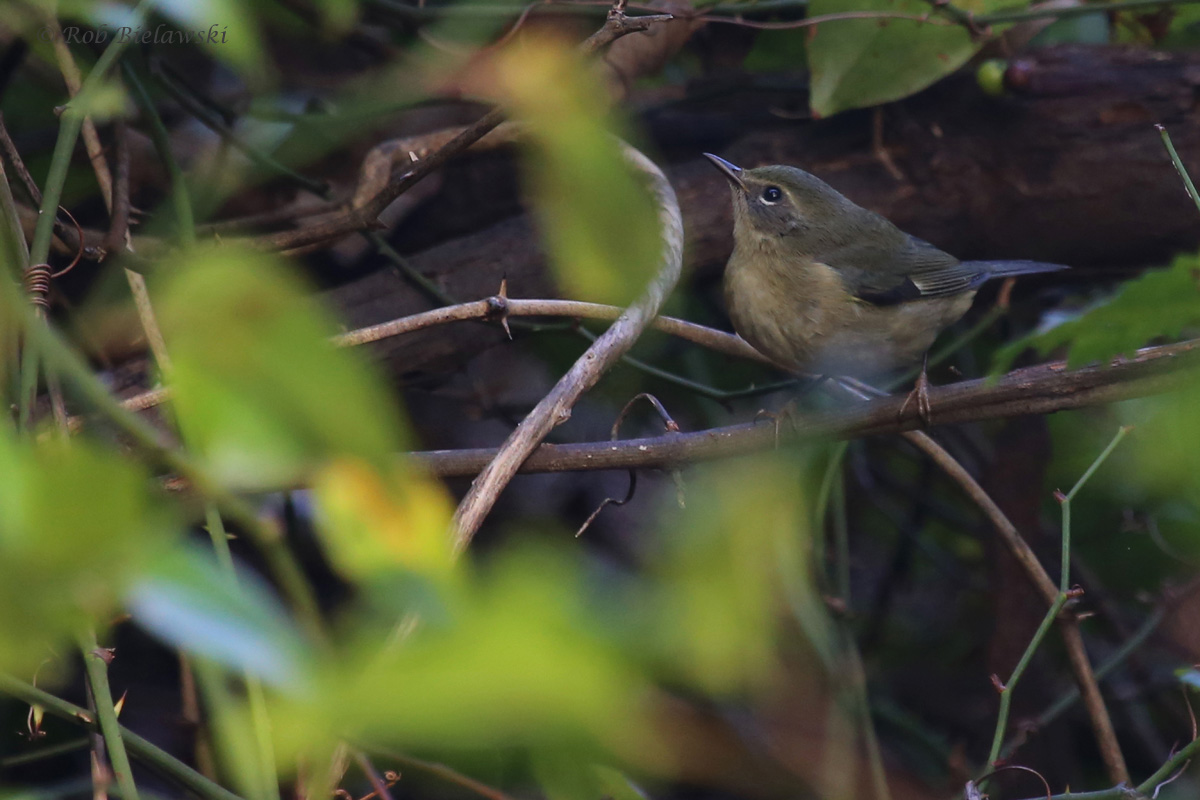
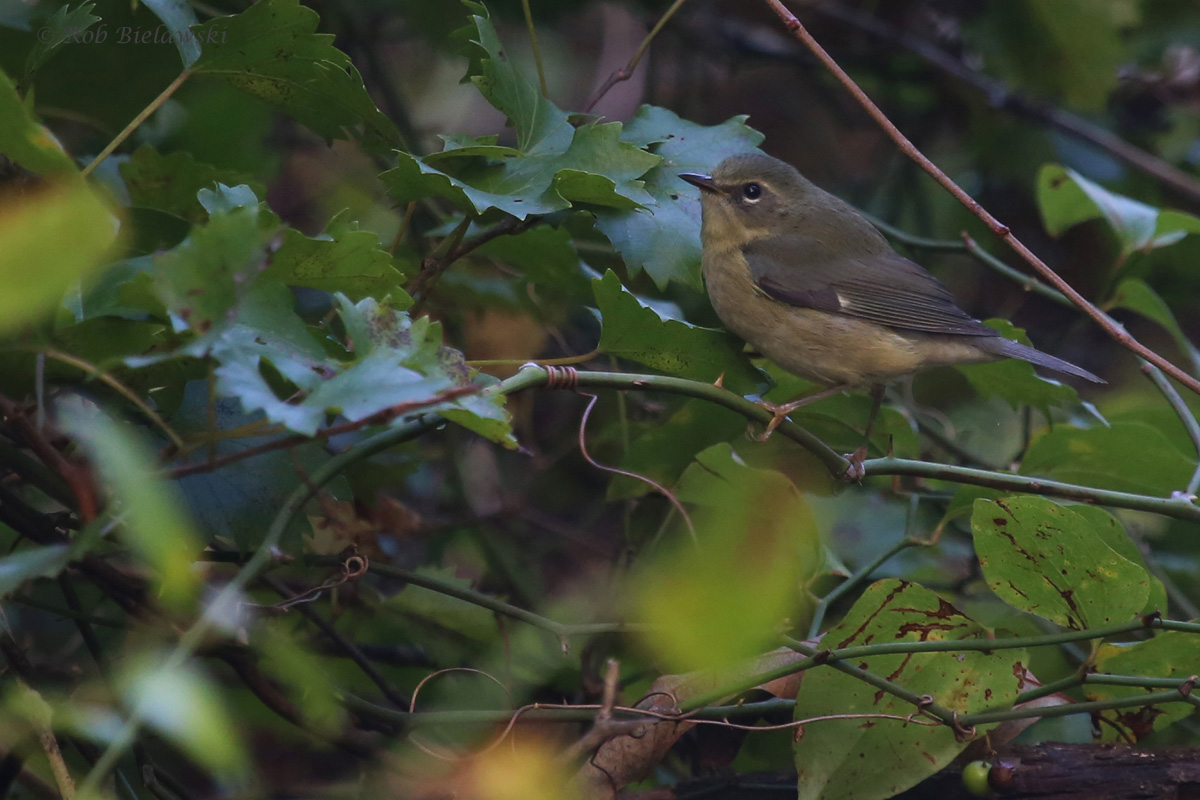
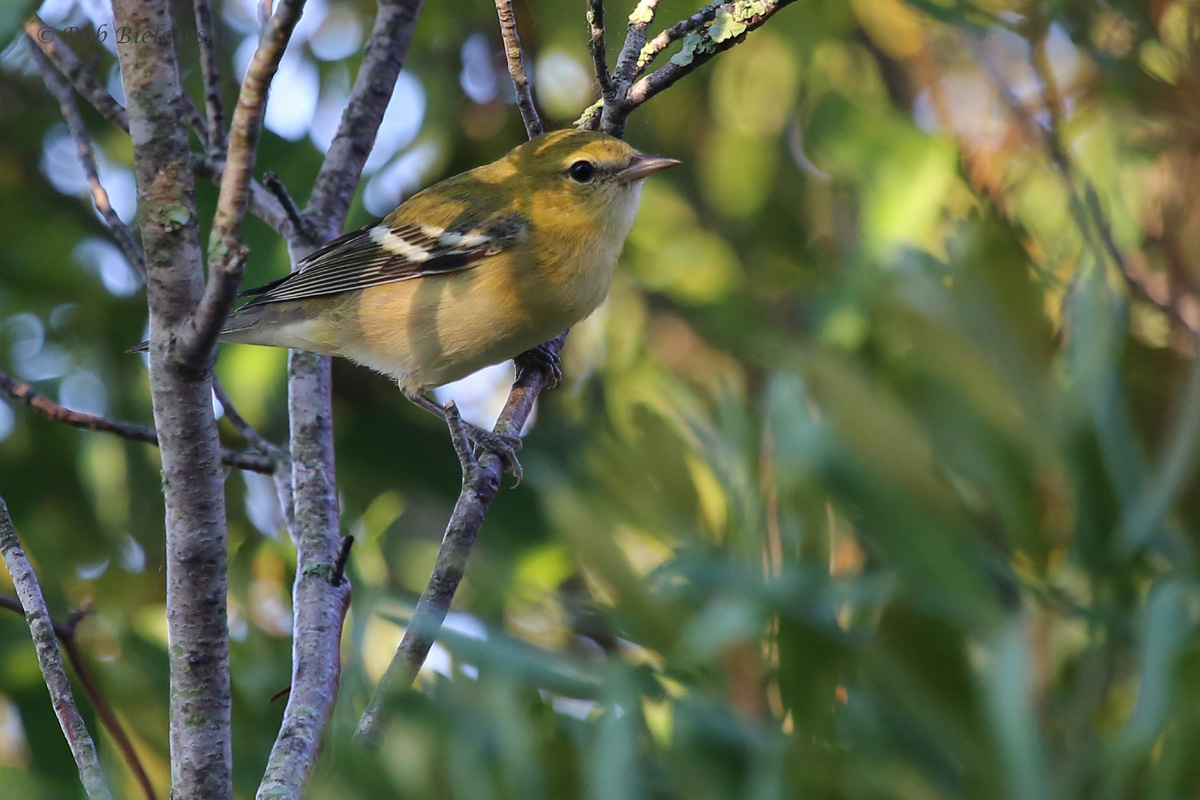
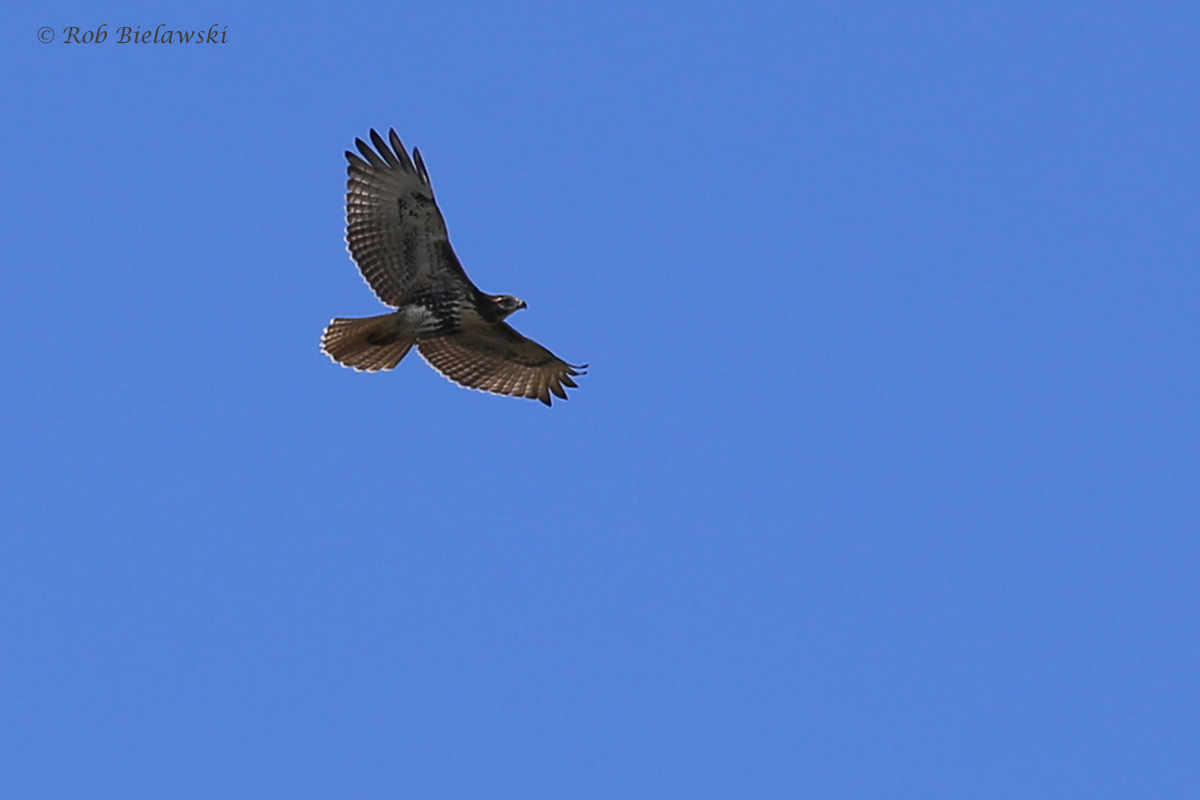
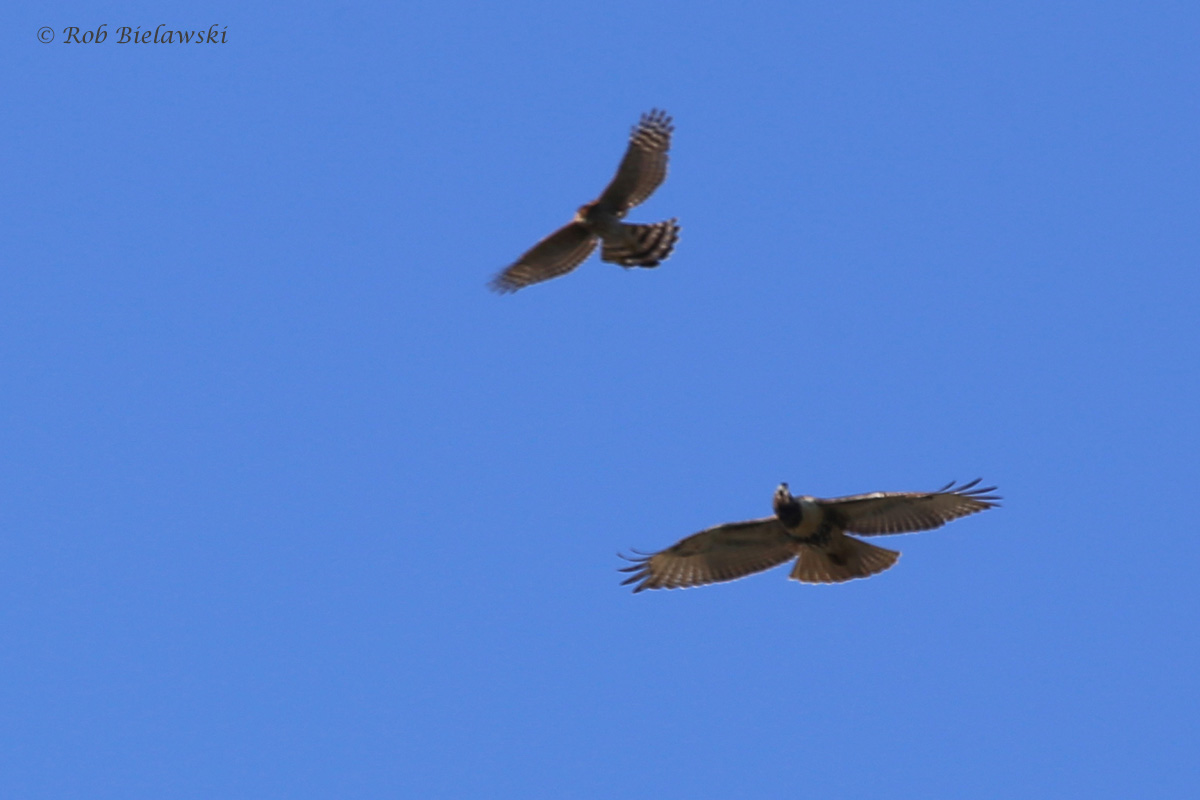

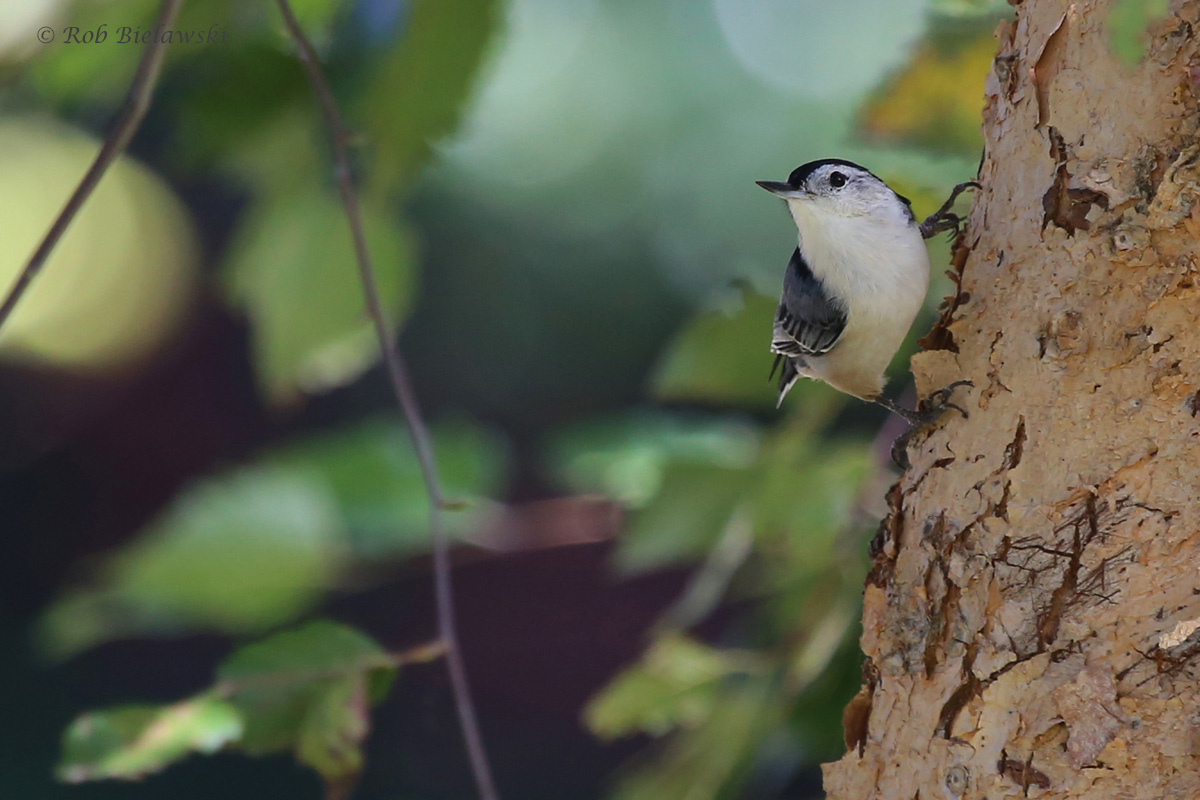
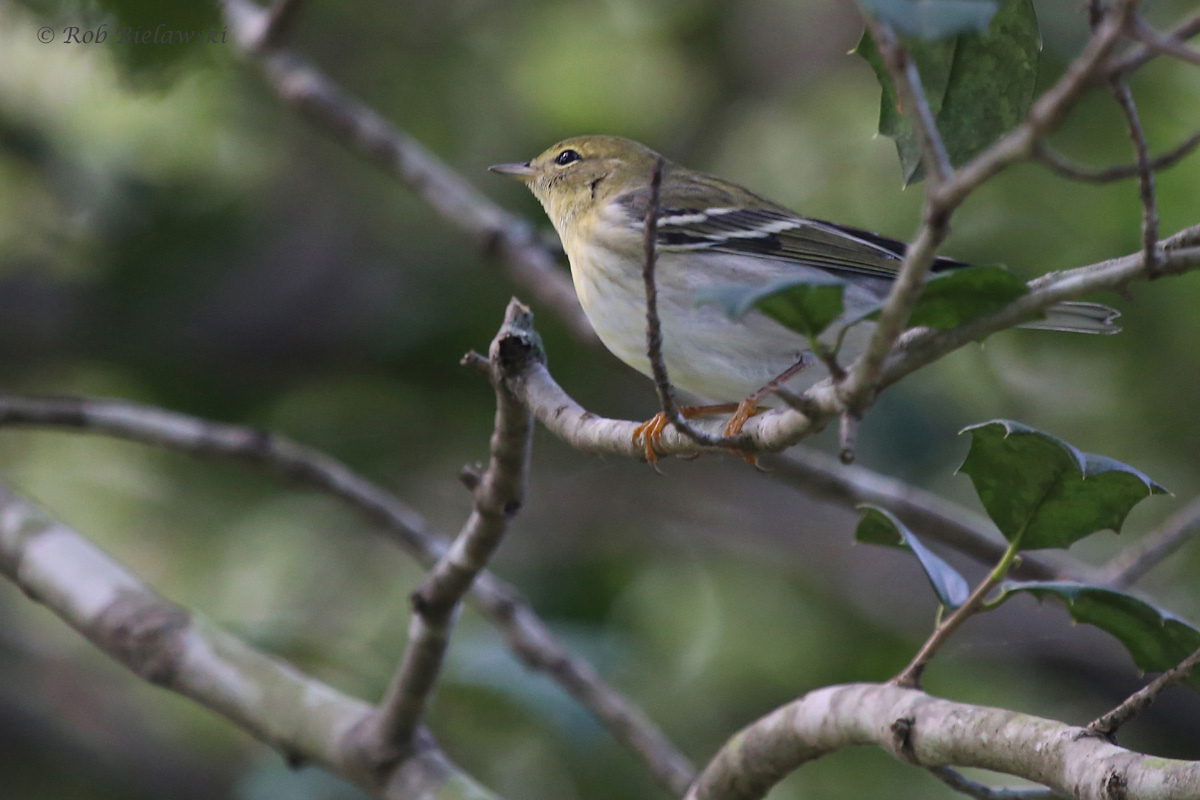
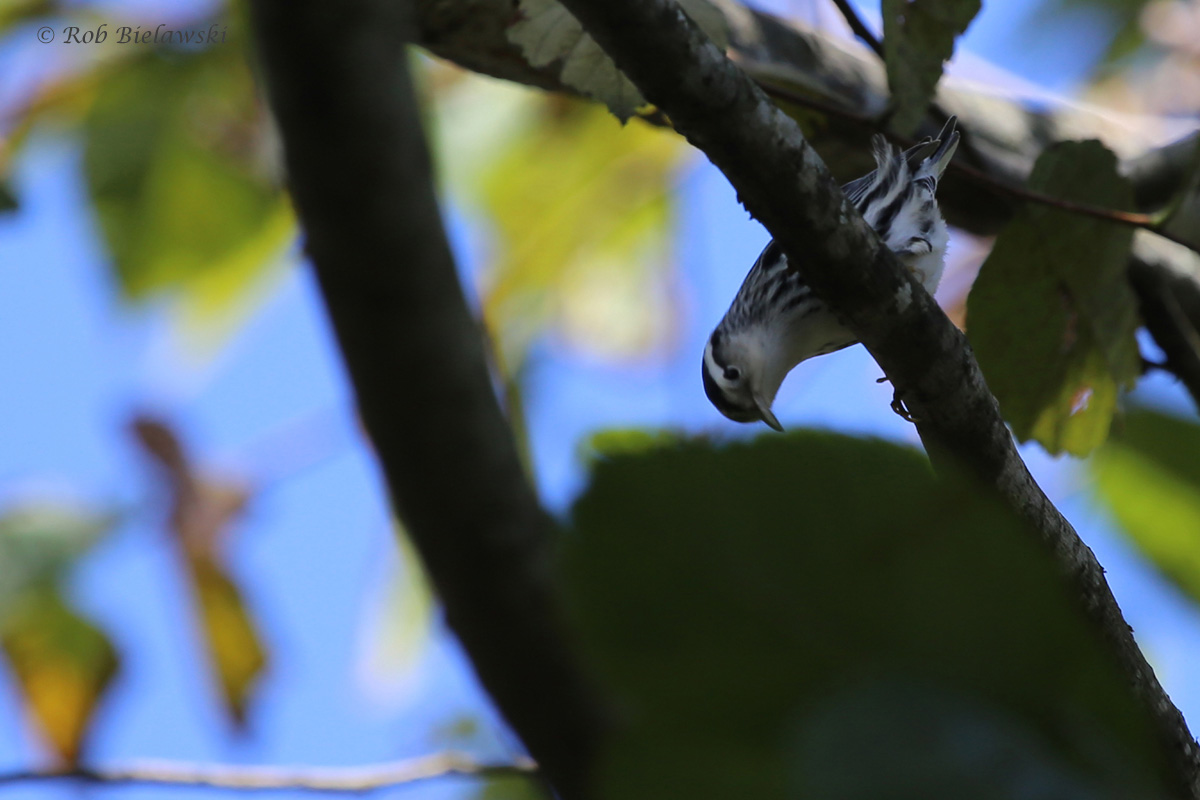
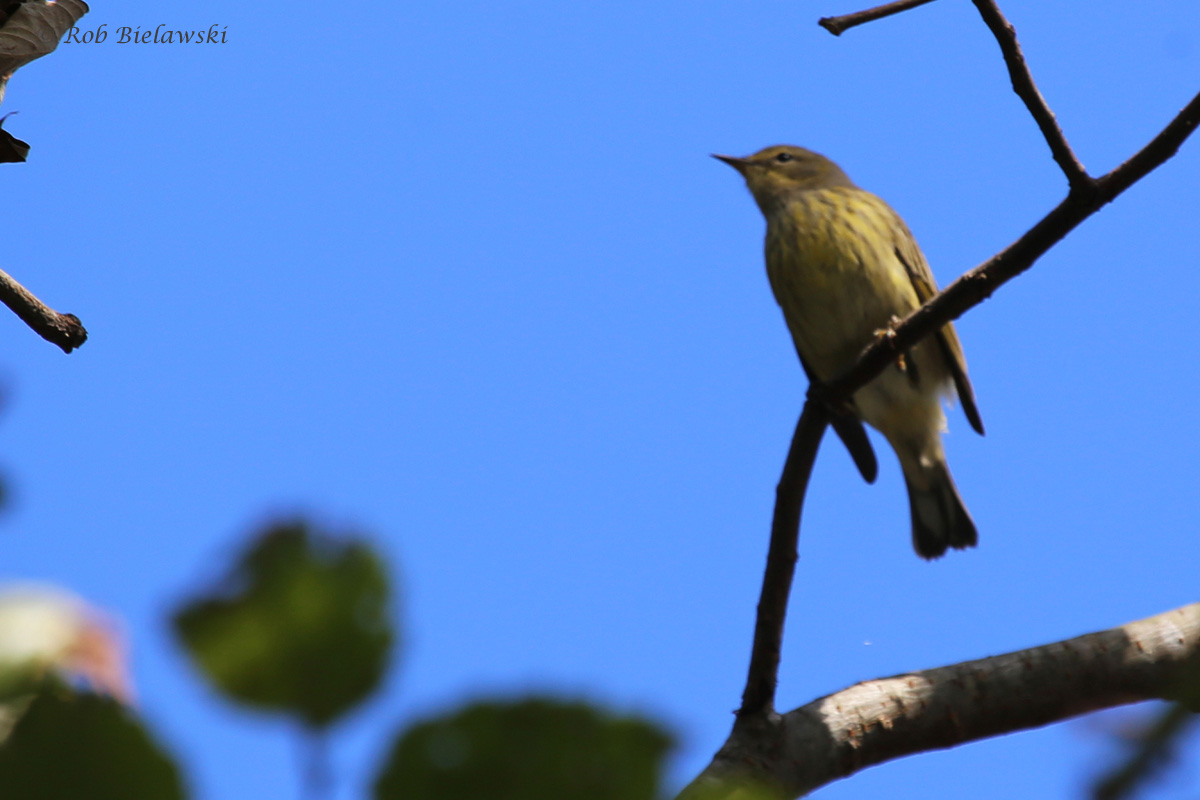
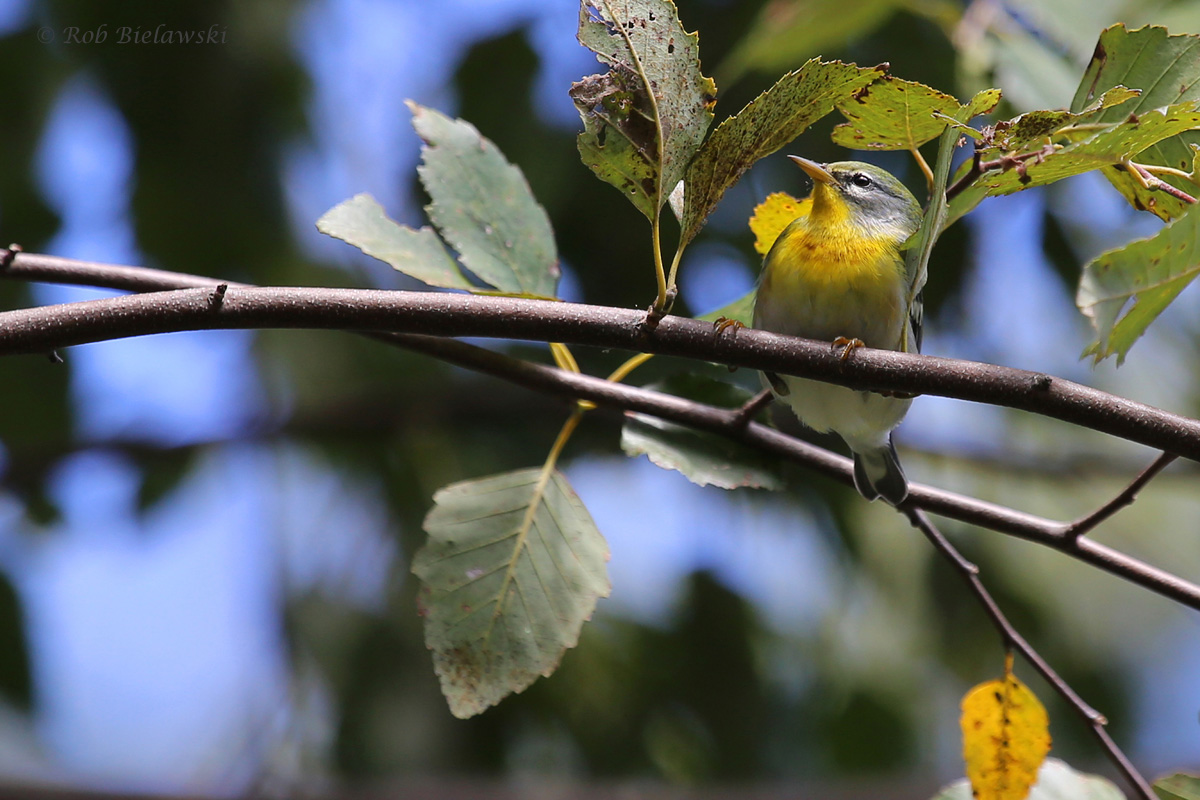
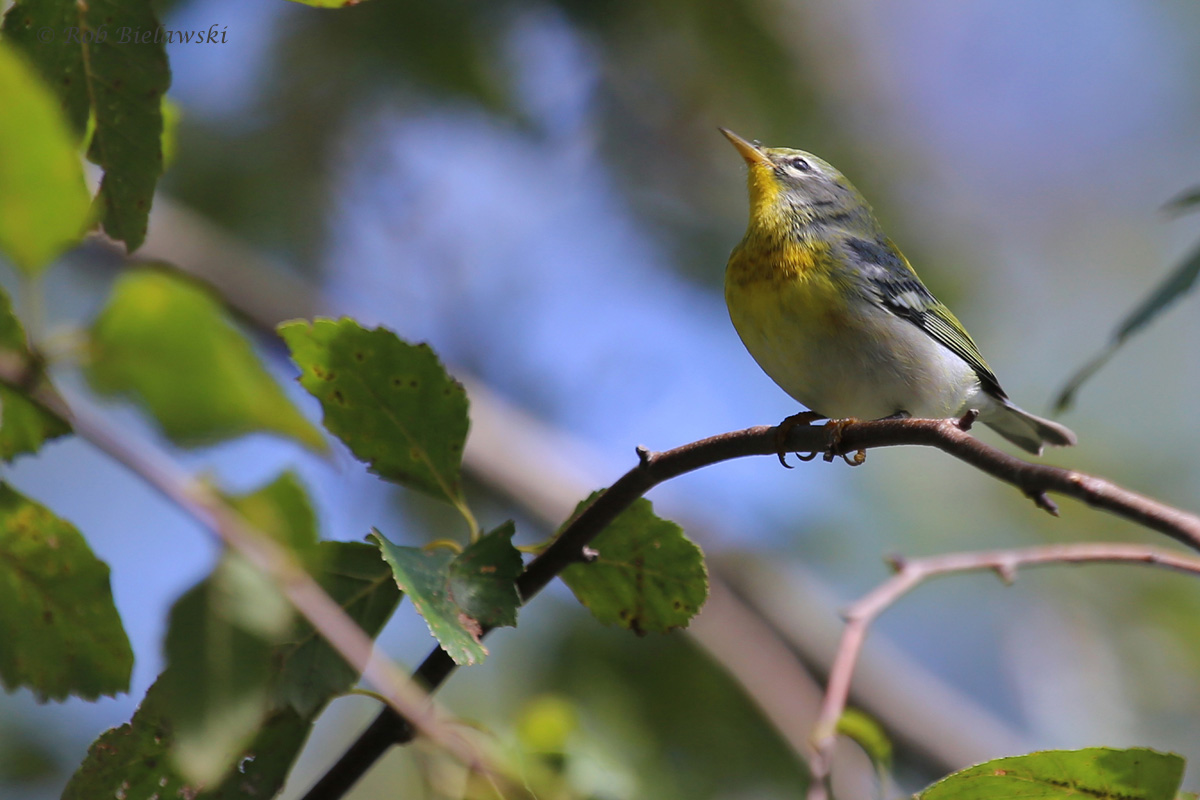
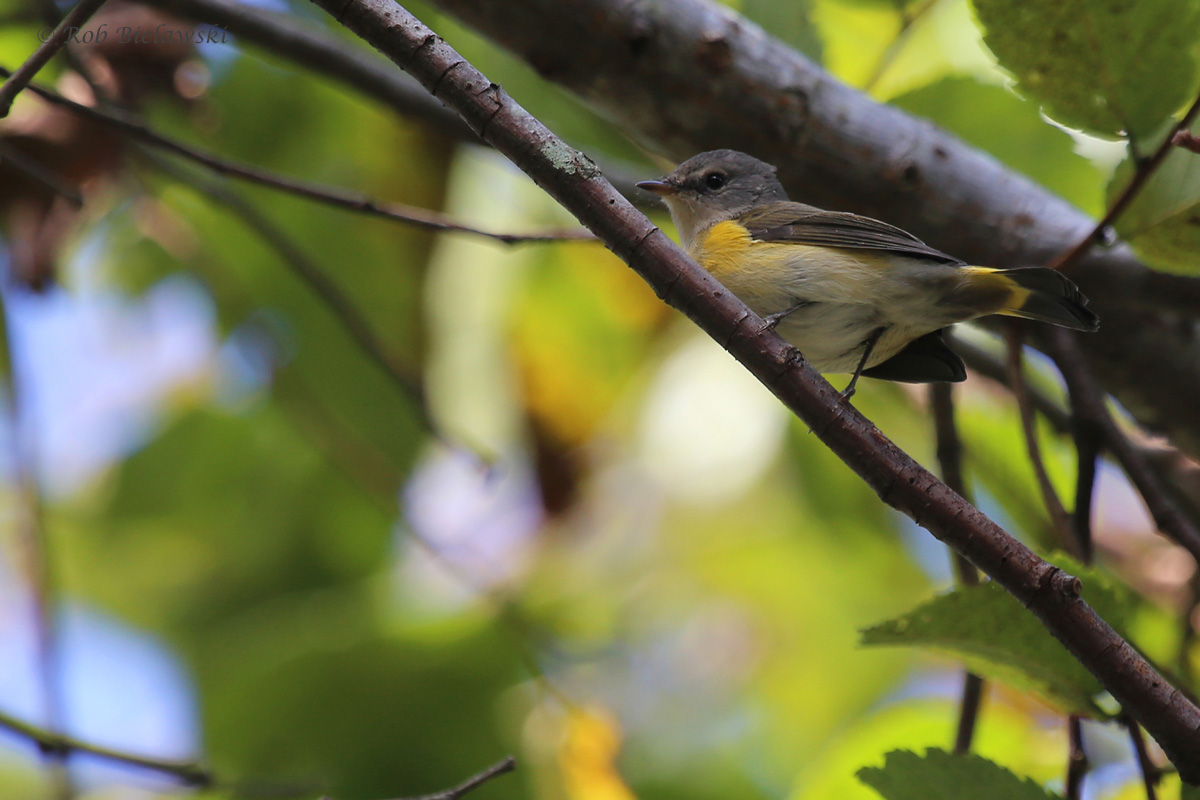
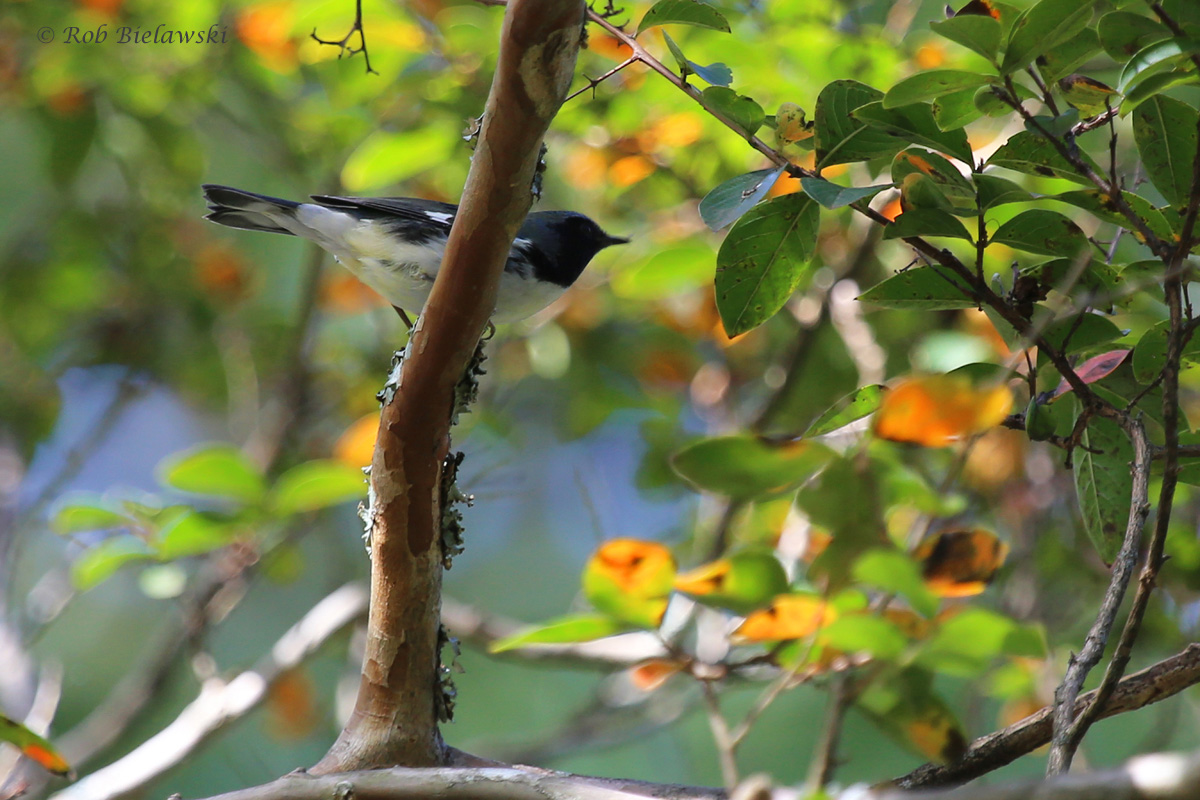
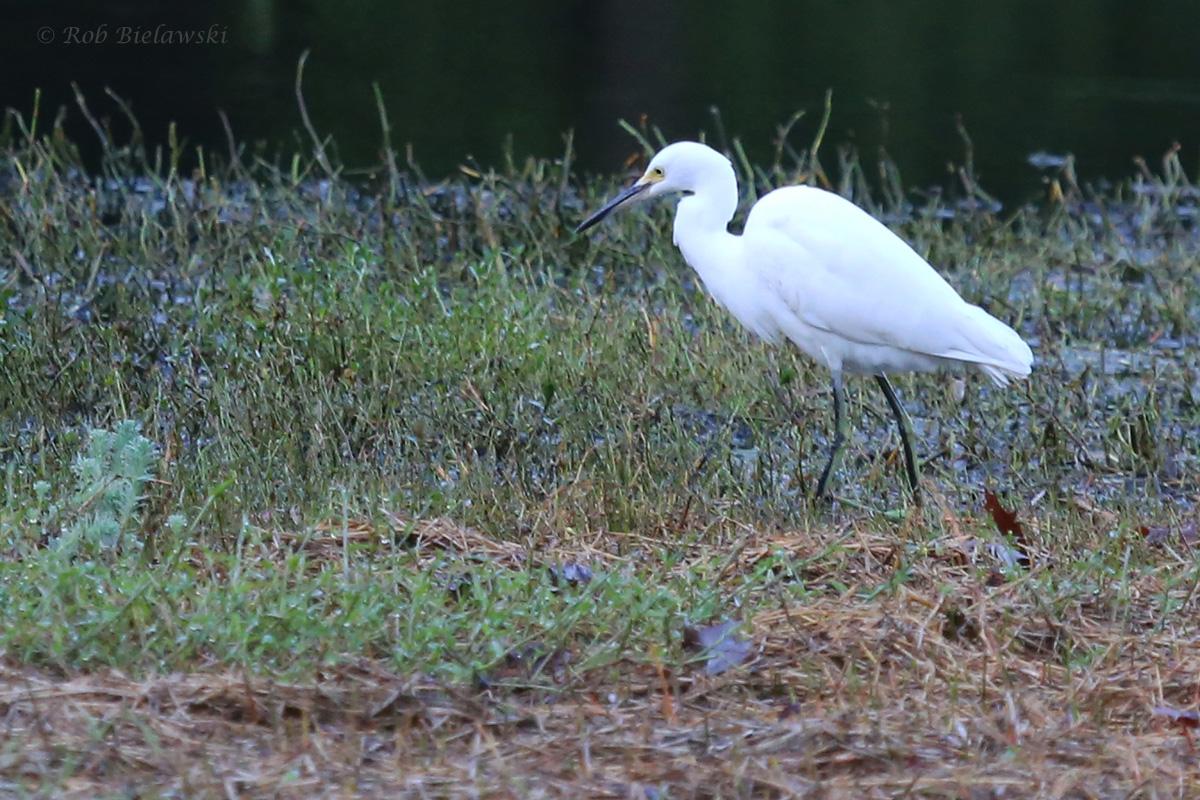

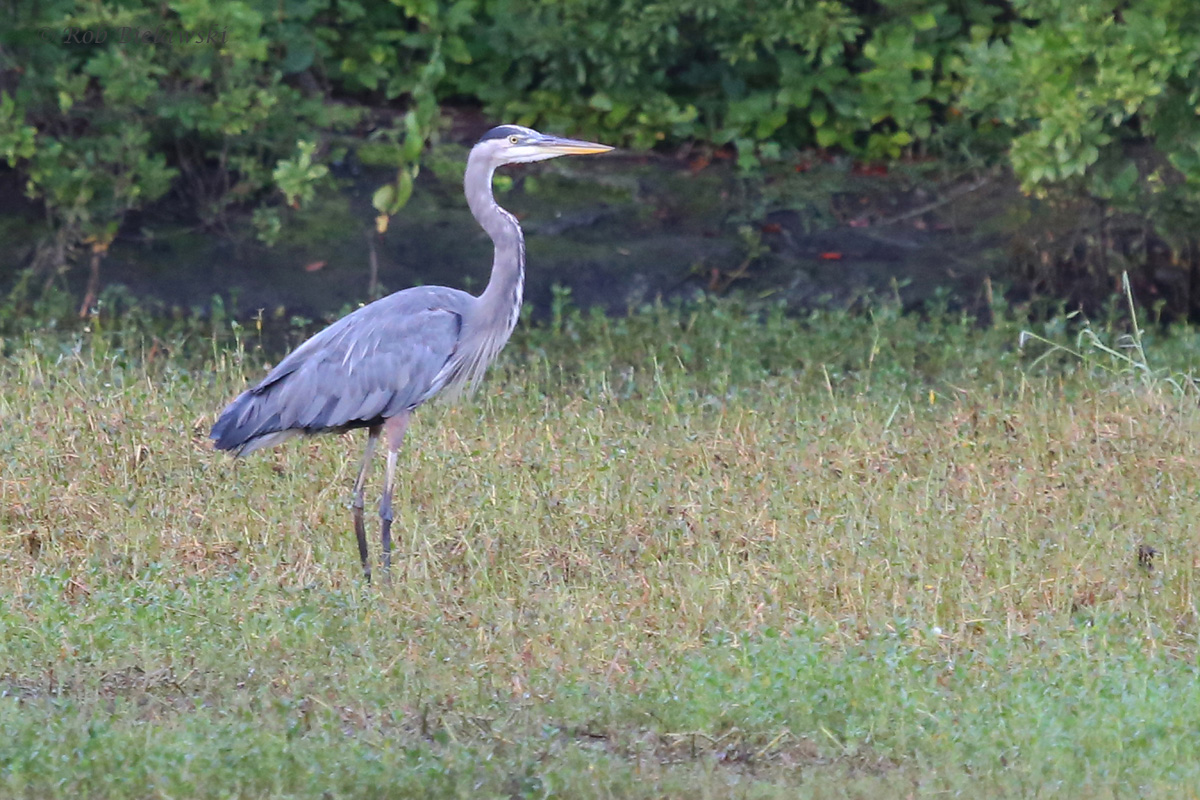

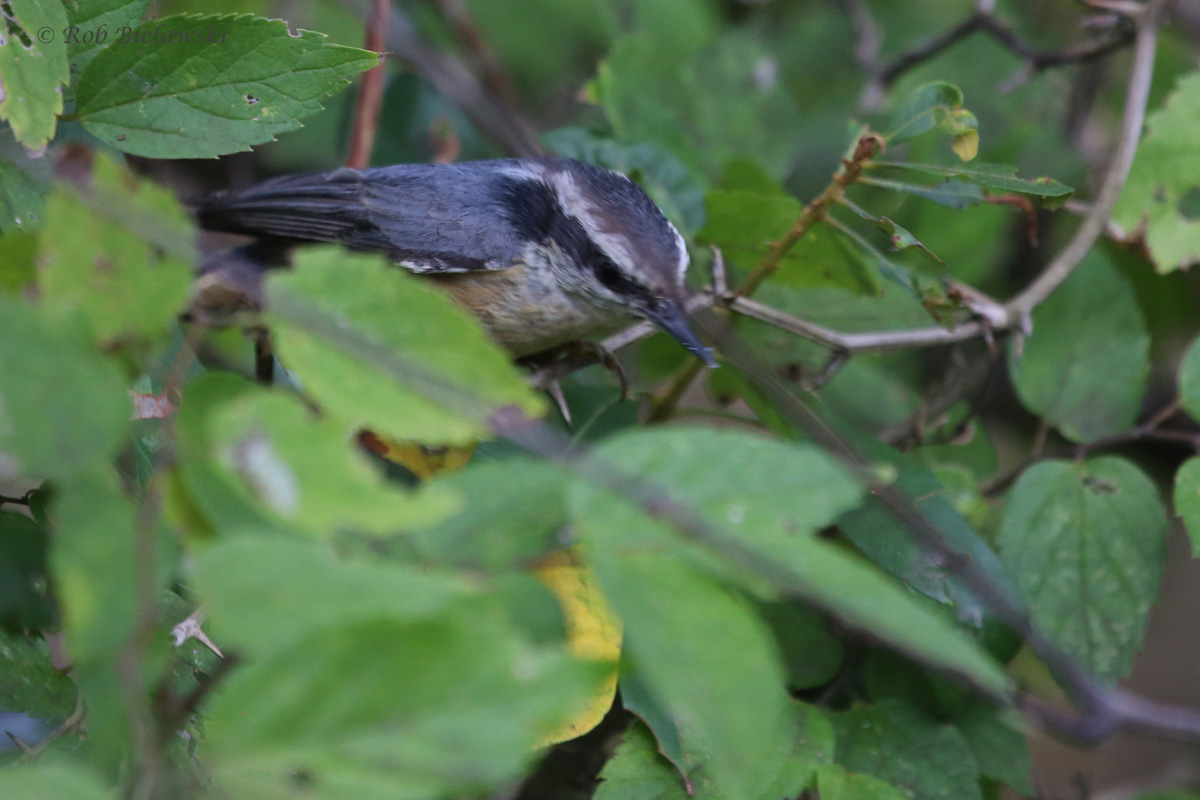

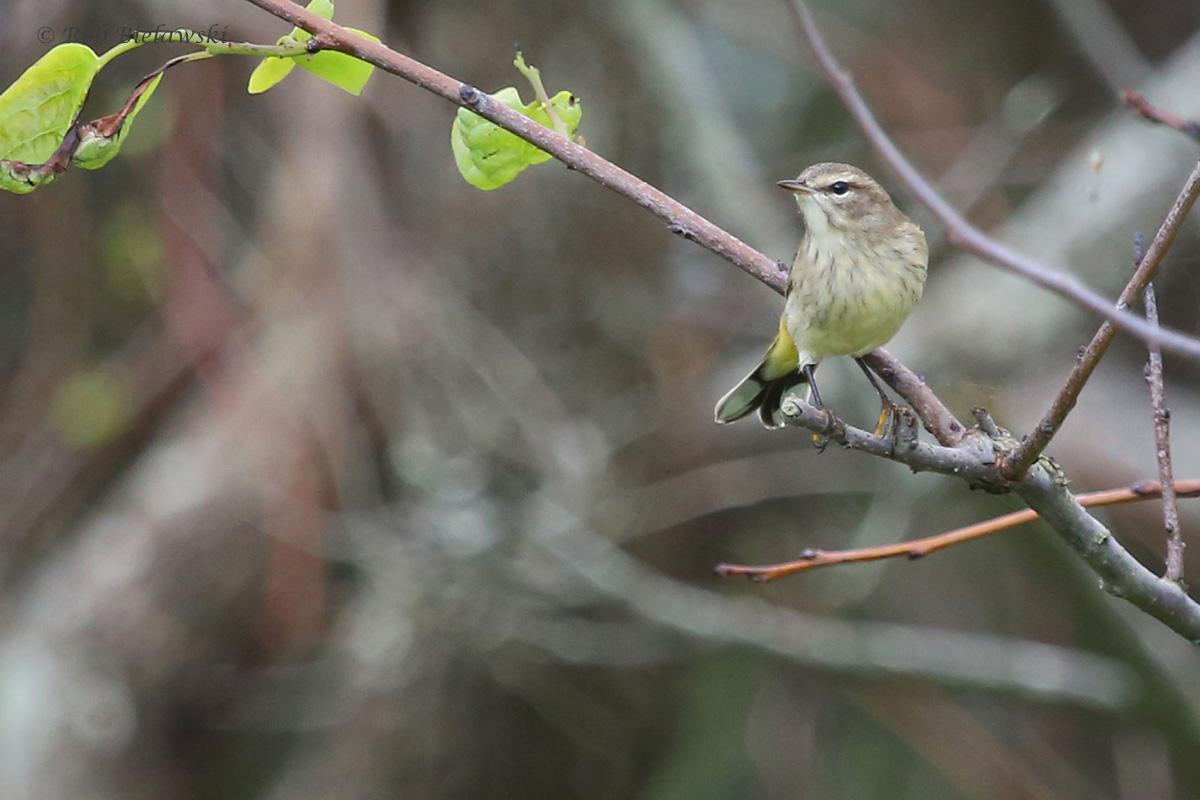

OBSERVATIONS: As with the previous period, shorebird observations seemed to dwindle, while we finally got our first taste of fall passerine migration. Pockets of forest around Virginia Beach sprang to life once the remnant of Tropical Storm Julia finally released its hold on region’s weather patterns. Northerly winds took over, bringing down the first big push of transient songbirds. The top bird of the period, a LOUISIANA WATERTHURSH (23 Sep / Camp Pendleton / Karen & Tom Beatty and Mary Catherine Miguez), became the very first eBird observation in Virginia Beach for this species during the fall season, of any year! Perhaps there have been others recorded, but no one has taken to time yet to enter them, so this is an exciting find! In reference to the distributional status of this species in Virginia, the Gold Book states “Rare on coast in fall and rarely observed anywhere in state on fall migration, which may begin as early as late June-early July.” So not only is observing one in Virginia Beach during fall impressive, but one being found so late into the season, in late September, makes this sighting all the more interesting. Camp Pendleton (a restricted access military installation) also managed to produce several other first-of-season arrivals this period which included Cape May Warbler (22 Sep / Karen & Tom Beatty) and Black-throated Blue Warbler (22 Sep / Karen & Tom Beatty and Mary Catherine Miguez), as well as Black-throated Green Warbler (23 Sep / Tom Beatty) and Rose-breasted Grosbeak (23 Sep / Karen Beatty & Mary Catherine Miguez), and an early first-of-season arrival of Brown Creeper (23 Sep / Karen Beatty). On 24 Sep, the 22nd annual Kiptopeke Challenge, sponsored by the Coastal Virginia Wildlife Observatory, helped bolster eBird observations in Virginia Beach, as teams scoured the coastal plain in search of a wide variety of species. Very early in the morning hours, first-of-season Veery were identified by their nocturnal flight calls over Horn Point Road (Matt Anthony, James Fox & Nicholas Newberry). Also in the pre-dawn hours, a Barred Owl was observed at West Neck Creek NA, Great Horned Owls were observed at Horn Point Road & Catfish Road, and Eastern Screech-Owls were found at both Horn Point Road and West Neck Creek NA (all owls, Andrew Baldelli & Tracy Tate). While these species do not get reported often in eBird, they are all fairly common around Virginia Beach, and they likely just are underreported due to their nocturnal nature. When it comes to competing in a birding competition though, it is certainly important to start the day off finding these three species, or finish it off doing so. Once the sun did finally rise around 7 AM, a first-of-season Bay-breasted Warbler was found near the west end of the Bay Trail at Back Bay NWR (Rob Bielawski & Jason Strickland) with another individual being observed at Cape Pendleton shortly afterwards (Karen & Tom Beatty). The rest of the day kept up with the sightings as well, and first-of-season Broad-winged Hawk (First Landing SP / Karen & Tom Beatty), Blackpoll Warblers (Eldon Ct. / Brandon Holland) and a very early Yellow-rumped Warbler (Stumpy Lake NA / Betty Sue Cohen) were all documented. Typically when the Yellow-rumpeds start to show up here, it means the remainder of warblers’ migration is starting to taper down, but throughout the remainder of the period, only one other Yellow-rump arrived (28 Sep / Back Bay NWR / Karen & Tom Beatty); however, we should start to see LOTS of these soon, as when it comes to warblers they are our most abundant transient, and winter resident along the coast. In total on 24 Sep, an incredible 56 checklists were submitted to eBird in Virginia Beach, with a whopping 51 of these occurring before noon! Most teams that birded Virginia Beach started their day off here, then worked northward along the coast, stopping at preferred hotspots like Kiptopeke SP, Willis Wharf, and Chincoteague NWR in the process. During the previous 21 Kiptopeke Challenges, participants were limited to staying within the Eastern Shore counties of Accomack & Northampton, so it was an exciting change this year to allow other areas within the coastal plain (like Virginia Beach) to be utilized. Even after the challenge had come and gone, Virginia Beach produced plenty of great sightings. On 25 Sep and again on 30 Sep, a Wilson’s Warbler was observed behind the Taste Unlimited on Shore Drive (Andrew Baldelli) where this (presumably same) individual was first sighted on 11 Sep. Typically this species doesn’t stay in the same place here for long, so it is rather interesting that what is likely the same individual was seen over a 19-day time span. Only the second observed here this fall, a Yellow-throated Vireo was at Back Bay NWR on 26 Sep (Jerry Ledbetter). Also at Back Bay NWR, a high count of 14 King Rails were observed on the impoundment survey (Robert Ake), as well as two late Black Terns, and a second-of-season Sora for the city. At the opposite end of Virginia Beach far to the north, Nelson’s Sparrows were also first detected at Pleasure House Point (27 Sep / Loretta Silvia), and these should make for some excitement to local birders throughout the next month or two as their numbers steadily rise (if the last pair of years are any indicator at least). Saltmarsh Sparrows should also be looked for in this area mixed in with flocks of Nelson’s, though separating the two species is a bit tricky, and even most field guides I have tend to show a great deal of overlap between the species, which is why they were long-considered to actually be the same species (formerly, Sharp-tailed Sparrow). Higher than normal tides over the first few days of October should make this species even more visible as they seek out feeding habitat in the marsh reeds surrounding the Lynnhaven River. Nearing the end of the period, another first-of-season arrival occurred, when two drake American Wigeons were observed on the Salem Canal (29 Sep / Rose Chandler). Not much in the way of waterfowl have yet been detected here, but this should also change as October takes over. Wintering ducks, geese and swans should all begin to show up in the next couple of periods as songbird movements peak and start to taper down. As mentioned above, Red-breasted Nuthatches have also been a highlight this fall within the city, and reports continue to pop up from several different locations, with Back Bay NWR being the most reliable (see photo links below). On the final day of the period, 30 Sep, a Nashville Warbler (second-of-season here) was observed (Lisa Rose), and the individual and stayed put long enough for quite a few folks to view it before the period came to a close. Back Bay NWR also seems to be holding onto Yellow Warbler and Yellow-breasted Chats longer this year than in the average year. Both species continued to be reported through the end of the period, with Yellow Warblers having a typical departure date of 20 Sep, with Chats typically gone by 25 Sep, though occasionally lingering individuals obscure these dates, as we’re seeing this fall. Lastly, and just prior to close of the period on 30 Sep, we were all delighted to see a Canada Warbler (Back Bay NWR / Una Davenhill) posted to eBird! Canada warblers are referred to as ‘fairly rare transients’ in the coastal plain according to the Gold Book, and with this observation being the first since the spring of 2015, it was clearly a cause for celebration. Since I’m writing this post a couple of days after the period end, I’d like to mention that Back Bay NWR was scoured for this bird by a great many observers, and no one was able to turn it up again, but, there’s still a chance it is out there along the Bay Trail somewhere; certainly something worth keeping in mind if you find yourself in the area! If you find yourself at Back Bay NWR though, please beware of Eastern Cottonmouths, which are being sighted in high numbers along the trails due to the recent high water that has flooded the surrounding forests and marshes!
SPECIES DOCUMENTED BY MEDIA and submitted to eBird for Virginia Beach during this period included: 23 SEP – Cooper’s Hawk, Eastern Wood-Pewee, Ovenbird, LOUISIANA WATERTHRUSH & Cape May Warbler (Camp Pendleton / Mary Catherine Miguez); Bald Eagle, Cape May Warbler & Black-throated Blue Warbler (Camp Pendleton / Rob Bielawski). 24 SEP – Northern Parula & Bay-breasted Warbler (Back Bay NWR / Rob Bielawski); Cooper’s Hawk & Red-tailed Hawk (Pleasure House Point NA / Rob Bielawski); Yellow-rumped Warbler (Stumpy Lake NA / Betty Sue Cohen). 25 SEP – White-breasted Nuthatch, Black-and-white Warbler, Common Yellowthroat, American Redstart, Cape May Warbler, Northern Parula, Magnolia Warbler, Blackpoll Warbler & Black-throated Blue Warbler (Witt Park / Rob Bielawski); American Redstart, Northern Parula & Black-throated Blue Warbler (Witt Park / Ron Furnish); Black-crowned Night-Heron (Lake Joyce & Shore Drive / Tamara Conklin); Northern Parula (Bayville Farms Park / Tamara Conklin). 26 SEP – White-eyed Vireo, Red-breasted Nuthatch, Common Yellowthroat, Cape May Warbler, Northern Parula & Yellow Warbler (Back Bay NWR / Mary Catherine Miguez); Carolina Wren, Northern Mockingbird & Magnolia Warbler (Prince Phillip Dr. / Ron Furnish). 27 SEP – Caspian Tern, Forster’s Tern, Royal Tern & Boat-tailed Grackle (Back Bay NWR / Karen & Tom Beatty); Downy Woodpecker & Black-and-white Warbler (Prince Phillip Dr. / Ron Furnish). 28 SEP – Yellow Warbler (Back Bay NWR / Bob McAlpine); Double-crested Cormorant, Sanderling, Great Black-backed Gull, Royal Tern & Red-breasted Nuthatch (Back Bay NWR / Karen & Tom Beatty). 30 SEP – Great Blue Heron, Great Egret & Snowy Egret (Kings Grant Lakes / Rob Bielawski); Yellow-billed Cuckoo, Nashville Warbler, Cape May Warbler & Yellow Warbler (Back Bay NWR / Lisa Rose); Canada Warbler (Back Bay NWR / Una Davenhill); Red-breasted Nuthatch & Nashville Warbler (Back Bay NWR / Betty Sue Cohen); Nashville Warbler (Back Bay NWR / Karen & Tom Beatty); Red-breasted Nuthatch (Back Bay NWR / Mary Catherine Miguez); Red-breasted Nuthatch, Nashville Warbler, Cape May Warbler & Palm Warbler (Back Bay NWR / Rob Bielawski).
LOOKAHEAD: Despite the potential for some nasty weather associated with Hurricane Matthew later in the period, our songbird migration should continue being the prime source of excitement in early October, and with winds switching back from the north, we could be in for a good few days of southbound movements. Unfortunately, the weather reports are not looking good for the Eastern Shore Birding & Wildlife Festival, but things could always change. In the mean time, areas that have both thick cover, and available freshwater like Redwing Park, Stumpy Lake, First Landing State Park and any neighborhood ponds & parks are great places to check, while natural bottlenecks like Back Bay NWR also rank very highly for morning flights of mixed warbler flocks. Mornings tend to be a bit more active for these species, which spend their nights traveling long distances and then needing to re-fuel in the morning wherever they’ve stopped. In addition to the warblers, we ought to see our first of the wintering sparrows (Swamp, Savannah & White-throated) during early October. Of the other species that have expected fall arrival dates we have not yet logged our first Blue-winged Warbler & Chestnut-sided Warbler (mid-August arrivals), Blackburnian Warbler & Tennessee Warbler (late August arrivals), American Bittern & Northern Pintail (early September arrivals), Gray-cheeked Thrush & Savannah Sparrow (mid-September arrivals), Orange-crowned Warbler, Ruby-crowned Kinglet, Blue-headed Vireo, Purple Finch, Winter Wren, Yellow-bellied Sapsucker, Dark-eyed Junco & Ruddy Duck (late September arrivals) and Purple Sandpiper, White-throated Sparrow, Golden-crowned Kinglet, Brant, American Coot, American Pipit, Hermit Thrush, White-crowned Sparrow, Surf Scoter, Northern Gannet, American Woodcock, Bonaparte’s Gull, Horned Grebe & Swamp Sparrow (early October arrivals) in Virginia Beach yet this fall. Those seeking out non-annually occurring (essentially, rare) species should be mindful that the following species all have extreme arrival dates that make them possibilities here per the Gold Book: Long-billed Dowitcher, Upland Sandpiper & Wilson’s Phalarope (mid-July arrivals), Baird’s Sandpiper & White-winged Dove (late July arrivals), Rufous Hummingbird, Sandhill Crane, Golden-winged Warbler (early August arrivals), American Golden-Plover, Red Phalarope, Long-tailed Jaeger, Olive-sided Flycatcher, Mourning Warbler & Lark Sparrow (mid-August arrivals), and Parasitic Jaeger, American White Pelican, Swainson’s Hawk, Yellow-bellied Flycatcher, Least Flycatcher, Alder Flycatcher, Willow Flycatcher, Western Kingbird & Yellow-headed Blackbird (late August arrivals), Arctic Tern, Warbling Vireo, Philadelphia Vireo, Clay-colored Sparrow, Connecticut Warbler (early September arrivals), Lincoln’s Sparrow, Golden Eagle, Western Tanager, Gray Kingbird, Cave Swallow, Eared Grebe & Bicknell’s Thrush (mid-September arrivals), Bewick’s Wren, Le Conte’s Sparrow, Vesper Sparrow & Lapland Longspur (late September arrivals) and Northern Goshawk, Yellow Rail, Eurasian Wigeon, Black-headed Gull, Brewer’s Blackbird, Ross’s Goose & Long-eared Owl (early October arrivals). So far, none of these rarities have been observed this year during fall migration in Virginia Beach. Most of these species require very specific weather patterns to bring them in, or can be found in only a very specialized habitat, so one should never expect to simply happen upon these species, but, they are species to be at least thinking about while birding the region.
Next Entry | Entry Index | Previous Entry
For more information on this thrice-monthly Birding Blog, please check out the Journal Overview Page on the website. It provides background information as to what sightings are considered for the blog, details about the format of the blog, and it will likely answer many other questions that readers might be wondering about as well! As always, thank you for reading, and please leave me a comment below (you may use your Facebook, Gmail or other accounts to easily do so), or just click the Heart icon to the lower right of this post to let me know you stopped in!